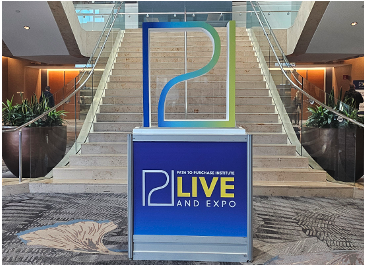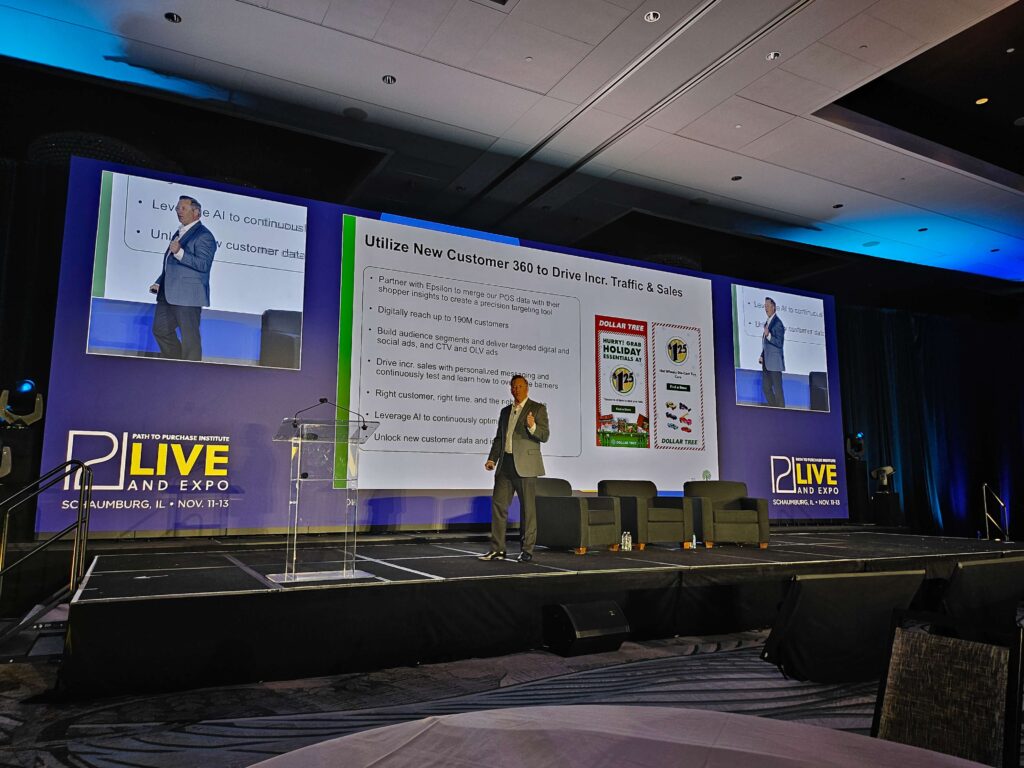By Michele Roney, Mars United Commerce
Retail media ad spending in the U.S. continues to grow at a strong pace, but the rising tide isn’t lifting all network boats: according to eMarketer, 76.2% of all spending currently goes to Amazon and 8% to Walmart. That leaves 15.8% of the pie for the other 200-plus networks competing for their fair share.
 As competition increases, it’s becoming harder for brands to navigate through all these networks, which are operating at various stages of maturity. A handful of top networks have basically become publishers, selling their media based on access to a large, national audience. Their scale gives them relevance, elevating their offering from retailer engagement to media engagement.
As competition increases, it’s becoming harder for brands to navigate through all these networks, which are operating at various stages of maturity. A handful of top networks have basically become publishers, selling their media based on access to a large, national audience. Their scale gives them relevance, elevating their offering from retailer engagement to media engagement.
A slightly larger group of networks at the next level are operating retail media as it was originally intended, as an extension of their collaborative partnership with manufacturers. But these networks also have enough scale to deliver meaningful impressions and make the investment worthwhile for brands.
However, the other 190-plus networks out there generally lack the scale needed to deliver on media performance alone, which often leaves brands investing in the media simply because they need to work with that retailer — even though it doesn’t have the audience, capabilities, or business model needed to drive real growth.
For these networks, competitive advantages are becoming harder to find, since unique capabilities quickly become table stakes in such a crowded field. (Even emerging frontiers like in-store media are maturing rapidly.) Based on our experience helping launch successful retail media businesses, these networks need to apply the following seven “mandatories” to their practices:
1. Data, data, and more data that delivers an addressable audience with breadth, scale, and unique characteristics valued by brands. With apologies to run-of-the-mill networks, “Women 55+” is not a unique, valued audience. But “health-conscious Gen X’ers” might be.
2. Organizational readiness to invest the necessary time and resources required to build a viable business. Many retailers get in their own way by launching a network before all the necessary teams are prepared to support retail media as a strategic pillar.
3. A robust offering of owned and paid media opportunities that will enhance the customer experience rather than detract from it. You should not introduce ad products just so you can sell them. They have to be aligned with the customer experience to ensure relevance and effectiveness.
4. Activation tools that make it easy for brands to buy and manage campaigns — and seamlessly integrate with their own third-party partners. Third-party integration has fast become some of those table stakes mentioned earlier; self-service platforms are also essential if your advertisers have the resources to leverage them (but ask before you build).
5. Strong measurement capabilities that demonstrate tangible business impact (not just media results) for your particular channel and operating model. This is critical. KPIs are different in a c-store than they are in a supercenter. It’s the network’s job to educate brands on what success looks like.
6. Achievable expectations identified through realistic goals that will keep the organization aligned. Not every network is capable of generating $100 million in year one (although that’s the target we often hear). You have to understand the limitations of your vendor community and the inventory you’re selling.
7. Ongoing demand generation through a dedicated marketing plan. Retailers often don’t realize they’re now a business-to-business company and must act accordingly, consistently communicating what they have to offer to potential advertisers.
Will following these seven guidelines guarantee success? Not in a market as competitive as retail media. But ignoring them will almost certainly assure failure.
About the Author

As EVP at Mars United Commerce, Michele Roney leads the Retailer CX business, which helps retailers drive growth through marketing, customer experience design, and the creation, operationalization, and monetization of retail media networks. A 32-year company veteran with experience across retail marketing, media and promotion, she has led the ground-up development, management and support of leading networks both in the U.S. and Canada.



